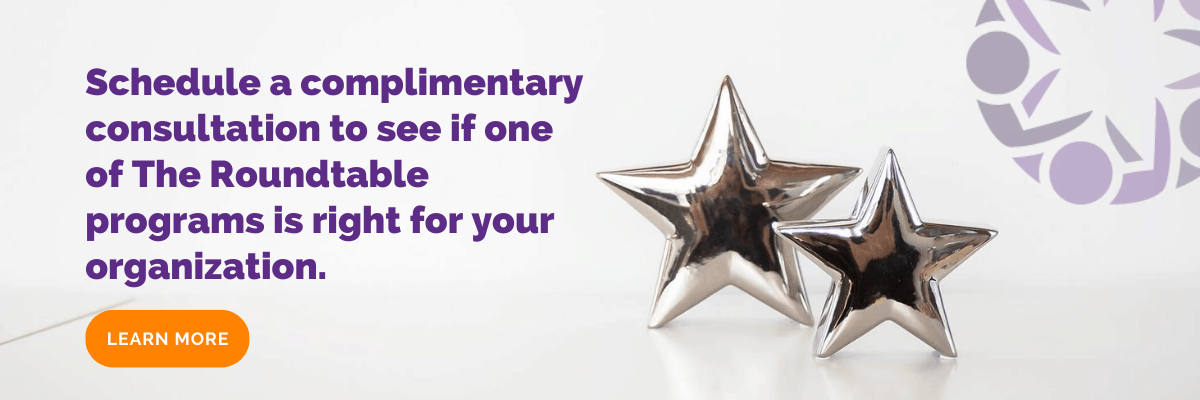Breaking down business silos has been the goal ever since Jack Welch, advocated for the “boundaryless organization” over 30 years ago. Presciently, Welch pointed to the impact of globalization and technology as a catalyst that would propel companies to rethink how they work. This new age of collaboration requires leaders and teams to communicate across functions to problem-solve in real time, innovate more nimbly and make faster decisions.
In today’s world of instant communication via email, text or Zoom, you’d think that Welch’s concept of working across an organization should be the everyday experience for most businesses. But you’d be wrong. The reality is that large organizations are still very much complex, structured and hierarchical environments.
Departmental and functional silos are a continuing (and often growing) pain for organizations of all sizes. A study from several years ago noted that senior executives showed that “only 25 percent of respondents described their organizations as ‘effective’ at sharing knowledge across boundaries.”
On one hand, silos are necessary as they act to cluster expertise, create accountability and help drive efficiency within a department. However, on the other hand, as Neil Smith, writer at Fast Company points out, “the goal is not to destroy silos themselves but to eliminate the problems that silos cause.”
And, those problems can devastate an organization. From internal turf wars to a lack of shared vision to a whole pile of money-wasting, resource-killing issues that are a direct result of a siloed corporate mentality.In fact, a recent HBR article pointed to politics, turf wars and lack of alignment (classic silo indicators) are the biggest challenge to innovation.
So, what can HR do to accelerate knowledge sharing, collaboration and a spirit of cooperation and unity across an organization? More and more, talent and development professionals are looking to group coaching as an effective way to build internal networks amongst its leaders. Group coaching brings together leaders from across functions, enabling them to get out of their own little box. It creates an opportunity for dialogue throughout an organization.
Group coaching allows leaders to:
- Address real issues in real time
- Share strategies and exchange best practices on what’s working and what’s not
- Maintain connection, build engagement and create a sense of community regardless of proximity
Humans are social creatures by nature and we learn through our interactions with others. The one-or-two-day, off-site approach to leadership development is antiquated. It doesn’t address the very real issues of fragmented corporate cultures or how to create strong internal networks and encourage diversity of thought. Instead, we need to support a more holistic group approach where leaders gather and there is a safe space to explore ideas, support each other and expand capabilities both individually and collectively. Shifting from a hierarchical model to a collective approach to problem solving isn’t easy, but it starts with trust, and deepening the awareness of the common challenges and opportunities that exist across functions.
Here at The Roundtable, we’ve been leading group coaching programs for over 15 years. If you’d like to learn more about how you can convert your existing leadership programming into virtual group coaching programs or how to maximize your existing one-to-one executive coaching programs into high impact group programs, feel free to reach out to me to discuss your strategic priorities. Together we can break down silos in your organization.





